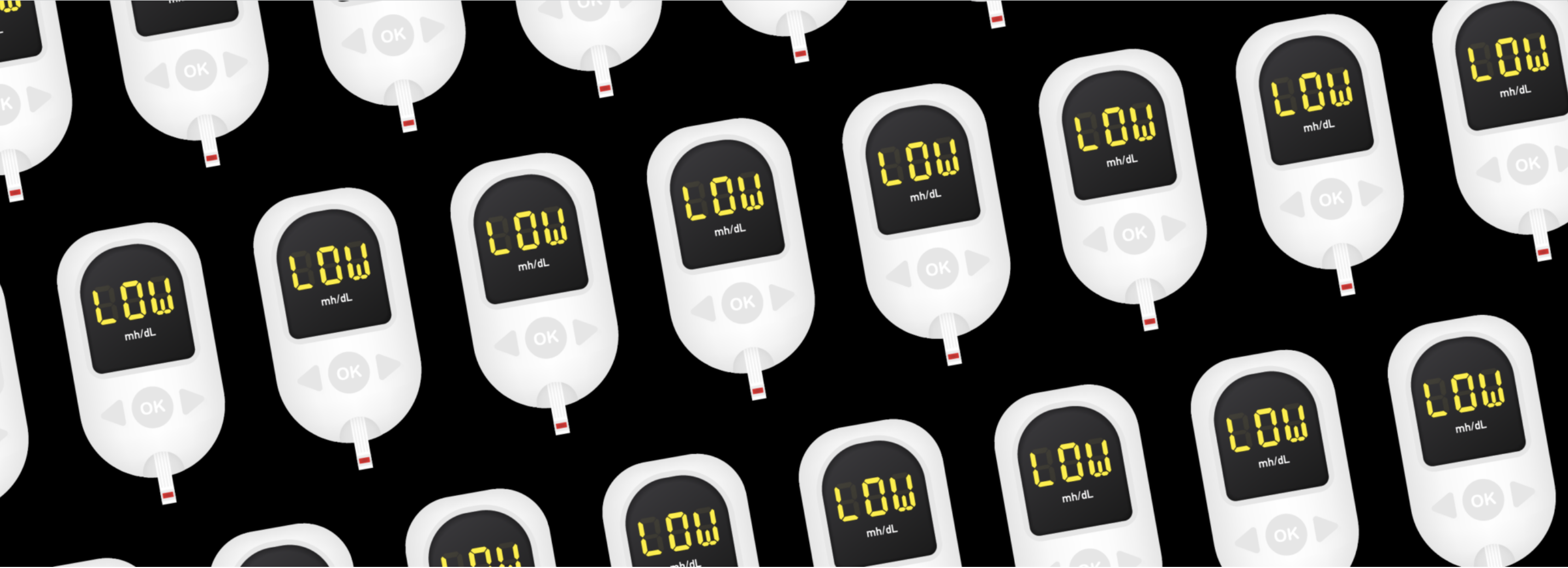The Benefits of Logging Insulin
Written by: T'ara Smith, MS, Nutrition Education
5 minute read
August 8, 2021
Logging your insulin may seem tedious, but it actually has benefits that can improve your Type 2 diabetes management. Read our easy tips here.
Editor’s Note: People who take insulin require consistently affordable and predictable sources of insulin at all times. If you or a loved one are struggling to afford or access insulin, you can build custom plans based on your personal circumstances through our tool, GetInsulin.org.
Are you often finding yourself playing the guessing game of how much insulin you’re using? Whether you take a set amount each day or change the dosages for meals or to bring down high blood glucose levels, you should keep track of how much insulin you’re taking as best as you can. It can seem tedious at times, but there are some real benefits to logging insulin to improve your diabetes self-management and care. In this article, we’ll list a few for you to consider.
Understand Blood Glucose Patterns and Insulin Better
Knowing your blood glucose patterns is essential to making the best decisions about when to take insulin and how much. Think of it this way, let’s say you’re always running high, even while taking insulin. If you log your insulin dosage and log the time, the number of units, your blood glucose levels at the time and any activity or food eaten, you’ll get a better sense of how that insulin is working for you. You may be able to see that you may be taking too little insulin, taking it at the wrong time, or may want to experiment with splitting doses.
Also in addition to helping you understand your blood glucose patterns better, another benefit to logging insulin consistently is learning how much insulin you actually need, as well as improving your timing of when you take it. You may discover you need more insulin at one point of the day than another—basically, if you’re more insulin resistant at some part of the day than another. You may learn certain foods require more insulin than others. You may find that you don’t need to take as much insulin prior to or after exercise. Learning these patterns and insulin needs is an efficient way to use insulin.
Helps Avoid Accidental Missed or Double Doses
We know insulin is an important tool that helps keep blood glucose levels in check. But taking too much of it can lead to hypoglycemia (low blood sugar) when your blood sugar drops below 70 mg/dL. Signs of low blood sugar include excessive hunger, shakiness, sweatiness, anxiousness and restless sleep. If your blood sugar drops too low, it can lead to a serious health emergency. Severe hypoglycemia happens when your blood sugar drops below 54 mg/dL and calls for assistance from another person and the use of emergency glucagon. Left untreated, lead to unconsciousness, seizure and death.
If you miss an insulin dose, your blood sugar will increase and you may begin to feel its effects—fatigue, foggy-brained, excess thirst, increased use of the bathroom, or other related symptoms. The benefit of logging insulin here is to prevent that blood sugar rollercoaster of lows and highs. To prevent missed or accidental doses, make a note on your phone or in an app each time you go to take insulin.
Improve Communication with Your Doctor
Logging your insulin can serve as a powerful tool when meeting with your healthcare provider (HCP). As mentioned above, a logbook can confirm patterns you’ve noticed and help to provide a deeper look into your day-to-day with diabetes. For example, a logbook can help illustrate if you are experiencing higher blood glucose readings after your meal which may result in an altered insulin-to-carb ratio. Use that information to talk to your doctor about the best ways to improve your blood glucose numbers. Don’t worry about assigning numbers as “good” or “bad”—your blood glucose numbers and notes about how much insulin you’re taking are just pieces of information, not a reflection of yourself as a person. With that said, your doctor actually wants to know this info so they can learn how to best help you. Here are some questions to ask your doctor at your next appointment:
- Do you notice any patterns in my logbook? What do they mean?
- If my blood glucose is higher in the morning, what adjustments to my insulin dosages can I make to ensure I wake within preferred ranges? If I’m low at night, what should I do?
- How much insulin should I be taking?
- How should I time my insulin dosages? Should I split my doses?
- Can you tell me about insulin-to-carb ratios? Meaning, how much insulin should I take with meals? Should I use a sliding scale?
- When my blood sugar is running high, how much insulin should I take to bring it down?
- Are there any changes that need to be made to my diabetes care plan?
Keep track of as much info as you can because every piece of information may improve the productivity of your doctor’s appointments.
How to Stay Consistent with Logging Insulin
Overall, the benefits of logging your insulin dosages all contribute to helping you learn more about your diabetes, as well as your healthcare provider. While it is easy to take a shot here and there, any information you gain about your diabetes—even if it’s information you don’t expect—is beneficial to making well-informed adjustments to your routine.
But, the question comes down to—how can I make it easier to track my insulin dosages?
Fortunately, there is no single correct way to do it. You can do whatever works for you. But here are some tips for you:
- Use a blood glucose tracking app.
- Use the note app on your phone.
- Keep notes in a journal or notebook—make sure you keep this info in one place.
- When taking insulin, log it as soon as you do it to build the habit of keeping track consistently.
- Don’t worry about being perfect—if you’re not used to logging insulin, set a small goal that’s feasible for you and build from there. For example, commit to logging insulin for the biggest meal of the day for a week, or you may want to commit to logging it several times a week. Do what works for you.
For more tips and resources on using insulin to manage type 2 diabetes, click here.
This content was made possible with support from Lilly Diabetes, a Founding Partner of Beyond Type 2.

Author
T'ara Smith, MS, Nutrition Education
T’ara was diagnosed with type 2 diabetes in July 2017 at the age of 25. After her diagnosis, she focused her academic studies and career on diabetes awareness and living a full life with it. Two years later, T'ara discovered she'd been misdiagnosed with type 2 and actually has latent autoimmune diabetes in adults (LADA). Outside the office, T’ara enjoys going to the movies, visiting parks with her dog, listening to BTS and cooking awesome healthy meals. T’ara holds an MS in Nutrition Education from American University.
Related Resources

The biggest barbecue day of the year is the 4th of July! Celebrating the 4th...
Read more

Hypoglycemia and severe hypoglycemia are two things against which all people with diabetes should be...
Read more

Whether or not you have type 2 diabetes, you must eat. You must also pay...
Read more

